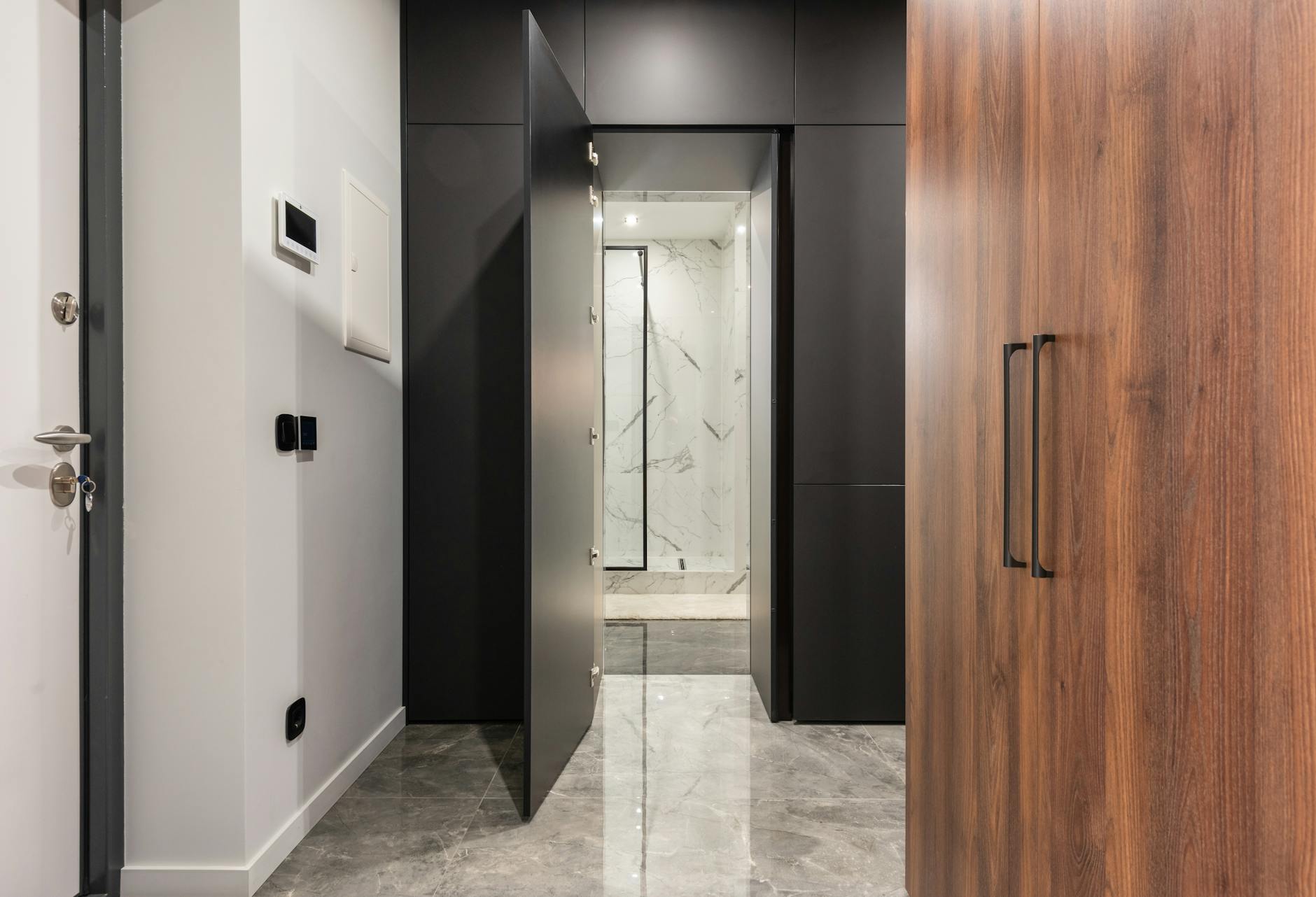Have you ever walked into a room and instantly felt better? The warmth of the sun streaming through a window, the cozy glow of a fire, or the soft ambiance of a well-placed lamp can transform our mood in an instant. It’s not just a feeling; there’s a science behind how light affects our emotions and well-being. In this exploration of the psychology of lighting, we’ll uncover how the right lighting choices can make us happier and more productive.
The Science of Light and Mood
Light has a profound effect on our biological clock or circadian rhythm, which controls when we feel alert and when we feel sleepy. Natural sunlight, in particular, tells our body when it’s time to wake up, boosting mood and energy levels. But what happens when we’re deprived of natural light, especially during the winter months or in dimly lit offices? Studies have shown that inadequate exposure to natural light can lead to feelings of depression and even affect our sleep patterns. Incorporating natural light into our environments, whether through the design of our homes or workplaces, can combat these negative effects.

Color Temperature and Its Emotional Effects
Different sources of light emit different color temperatures, measured in Kelvin (K). Lights with a higher Kelvin value produce a cooler, bluish light, while those with a lower Kelvin value produce a warmer, yellowish light. Studies suggest that cool light can enhance concentration and alertness, making it ideal for tasks that require focus. On the other hand, warm light is believed to relax the mind and improve mood, making it perfect for living spaces where relaxation is key. Adjusting the color temperature of the lights in your home or office can, therefore, help in creating the right atmosphere for specific activities.
Dynamic Lighting Systems
Thanks to modern technology, dynamic lighting systems that mimic the natural progression of daylight are becoming more accessible. These systems adjust the color temperature and intensity of light throughout the day, promoting a healthy circadian rhythm and improving productivity and happiness. Utilizing these smart lighting solutions in your home or workplace can help recreate the benefits of natural sunlight, reducing the reliance on artificial lighting.

Biophilic Design and Lighting
Biophilic design integrates natural elements, including light, into the built environment. It’s based on the concept that humans have an innate connection to nature and that incorporating natural elements into our surroundings can improve well-being and happiness. Through the strategic use of daylight, views of the outside world, and even artificial lighting that mimics natural light, we can create spaces that enhance our connection to the natural world and elevate our mood.
Psychological Impacts of Lighting Design
The design and placement of lighting can also play a significant role in our psychological response to an environment. For instance, lighting that creates shadows or is too harsh can inadvertently create a feeling of discomfort or unease. Conversely, a well-thought-out lighting plan that includes layers of light can make a space feel more welcoming and comfortable. Understanding the principles of lighting design can help in creating spaces that positively influence our emotions and behaviors.
Lighting and Productivity
There’s a clear link between light and productivity. Workplaces with good natural light exposure have been found to report higher productivity rates among employees. This is likely due to the positive effects of natural light on mood and energy levels, as well as its ability to reduce eyestrain and headaches, which are common complaints in poorly lit environments. Considering lighting in the design of workspaces is, therefore, crucial for fostering a productive and happy workforce.
Personalizing Your Lighting
Every individual has unique needs and preferences when it comes to lighting. Some may thrive under bright, cool-toned lights, while others may prefer the cozy glow of warm light. Experimenting with different lighting setups and observing how they affect your mood and energy levels can help you tailor your environment to better suit your needs. Incorporating smart bulbs and lighting controls that allow for easy adjustments according to the time of day or specific activities can further enhance this personalization.
Conclusion
Lighting is not just a matter of visibility; it’s a crucial factor in our overall happiness and productivity. By understanding the psychology of lighting and making informed choices about the light in our environments, we can significantly improve our mood, energy levels, and well-being. Whether it’s through the incorporation of natural light, the strategic use of color temperature, or the adoption of dynamic lighting systems, there are numerous ways to harness the power of light to create happier, healthier spaces.
Frequently Asked Questions
Can changing my light bulbs really improve my mood? Yes, switching to light bulbs that emit a color temperature conducive to your desired mood can make a significant difference in how you feel.
Are there specific colors of light that are better for sleep? Yes, warmer, low-intensity lights are generally better for sleep as they help to relax the body and signal to the brain that it’s time for rest.
How does natural light affect productivity? Natural light can boost mood and energy levels, leading to improved focus and productivity compared to artificial lighting.
What is biophilic design? Biophilic design is an approach that integrates natural elements, including light, into the built environment to improve well-being and happiness.
Is it expensive to install dynamic lighting systems? The cost can vary, but with the advancement of technology, there are more affordable options available that make it easier for individuals to incorporate dynamic lighting into their homes or workplaces.





